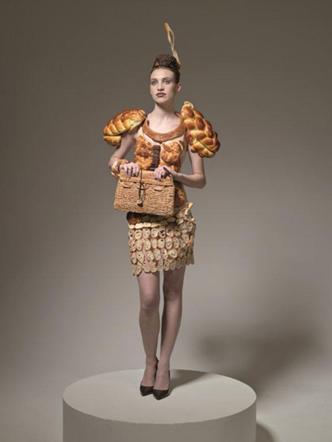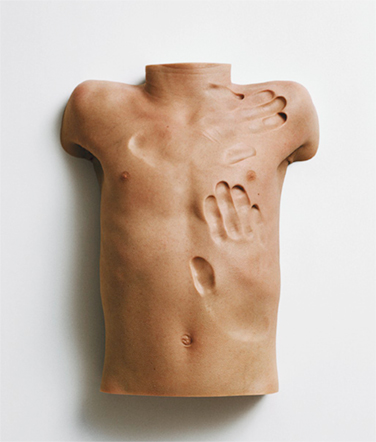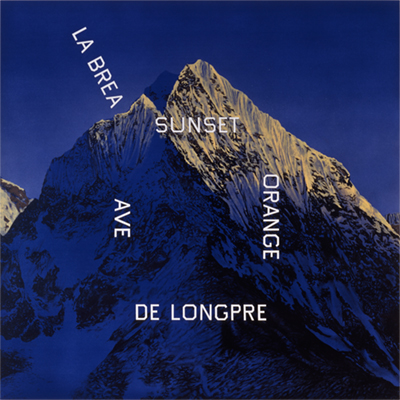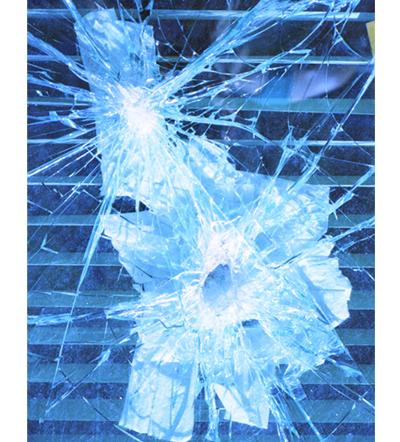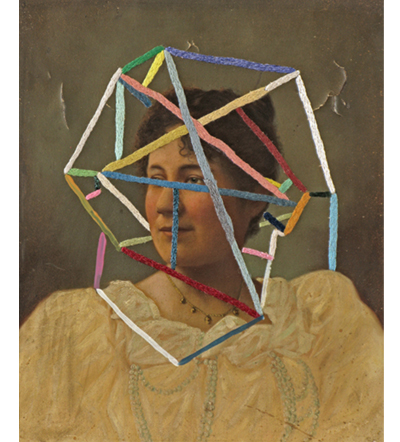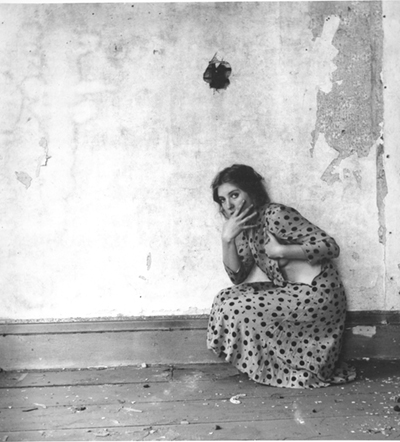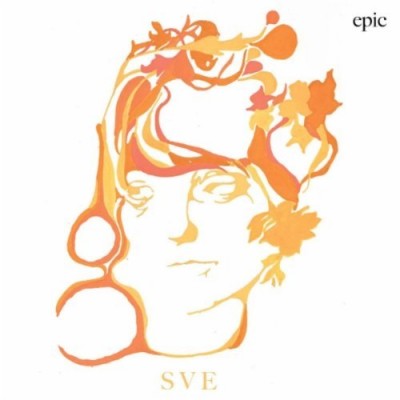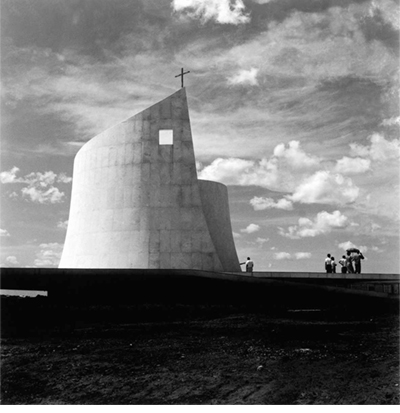Bear Jungle, 2010 oil, acrylic, and enamel on canvas Courtesy Paul Kasmin Gallery (Click for slideshow)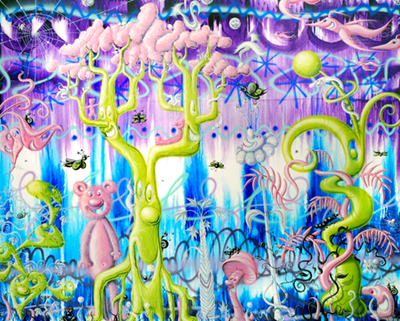
![]()

Last summer, making my way to the entrance of the Laguna Art Museum’s widely popular Art Shack opening, I had to elbow my way past a clump of people standing in line for a taco truck parked at the curb. Past the hungry hipsters, I encountered a second, more excitable line waiting their turn to get into a Pace Arrow motor home, also parked at the curb. I paused for a moment, trying to assimilate the conveyance in front of me with the horde of flashy, Orange County art fans crowding the sidewalks. The RV was nondescript except for a couple of perky looking neon pink faces swooshed on its side. Only when the door swung open was I able to catch a glimpse of its DayGlo interior and psychedelic embellishments, shag carpets and random commodities, all painted and glowing under black lights. The door clicked shut again. I immediately got in line. This acid trip of a trailer was my not-so-subtle introduction to the work of Kenny Scharf.
Only later did I realize that the man behind “Space Arrow” helped pave the way for 1980s street art, rounded out the New York, Basquiat-Haring pop-art trifecta, and has exhibited his work across the country (and world) since 1981. All the while carving himself a nice little niche almost entirely out of playful and fantastic, yet somehow deviant imagery.




 Facebook
Facebook Permalink
Permalink Digg
Digg Reddit
Reddit LinkedIn
LinkedIn StumbleUpon
StumbleUpon Tumblr
Tumblr
